Apple introduced its native Files application with the arrival of the iOS 11 operating system. Since then, it has been constantly improving it, so that you can work with Files better and more efficiently. In today's article, we'll introduce you to some tips that will make using native Files even more convenient for you.
It could be interest you

File compression
The native Files application offers a lot of options for working with content, including an archiving function. By compressing multiple files into a single archive, you can facilitate file sharing, for example. To compress files, open folder, in which the files are located. In the upper right corner, tap Choose. Mark the files, which you want to add to the archive, and click on the bottom right icon of three dots in a circle. Select in the menu that appears Compress – you can find the archive in *.zip format in the same folder.
Folder and file sharing and collaboration
The Files app also lets you share content. This happens - after all, just like anywhere else in iOS - very simply. Just enough long press an item, that you want to share, select an item from the menu share, and then continue as usual. Another option is to tap on Choose in the upper right corner, select the given item and select sharing in the bar at the bottom of the display. For selected types of files (documents, tables...) you can also start collaboration from the Files application. Long press the item you want to invite someone to collaborate with. In the menu, choose sharing and then tap on Add people. Then all you have to do is select the users with whom you want to collaborate on the given item.
Cooperation with other repositories
The Files app also offers collaboration with other cloud services, such as DropBox, Google Drive, OneDrive, and others. While files from iCloud storage appear automatically in native Files, activation is required for other services – fortunately, this is not difficult. To add another provider's cloud service, launch the native Files app, tap in the bar at the bottom of the display Browsing and in the upper right corner of the screen, tap icon of three dots in a circle. Choose Adjust – a list of available locations will appear. Then just select the repositories you want to add to native Files and turn them on.
Favourite
As content grows within native Files, it can easily become cluttered. Folders and storage pile up and it can be easy to get lost in the menu. But you can create a list of favorite items in Files, thanks to which you will always have easy and quick access to the content you use most often. Favorites aren't difficult in Files - folder icon, which you want to add to favorites, long press. Select in the menu that appears Favourite. You can find the folder with favorite items after starting the application in the Browsing section.
Editing documents
The native Files app in iOS also allows for basic file editing and annotation. From the point of view of work efficiency, this is an advantageous function that will save you time and work with switching to other applications designed for editing files. Open the folder with the file you want to edit. In the upper right corner, tap Adjust, highlight the selected file and click the share icon in the lower left corner. In the menu that appears, select Annotate – the annotation tool will open for you, with which you can then work comfortably and efficiently.



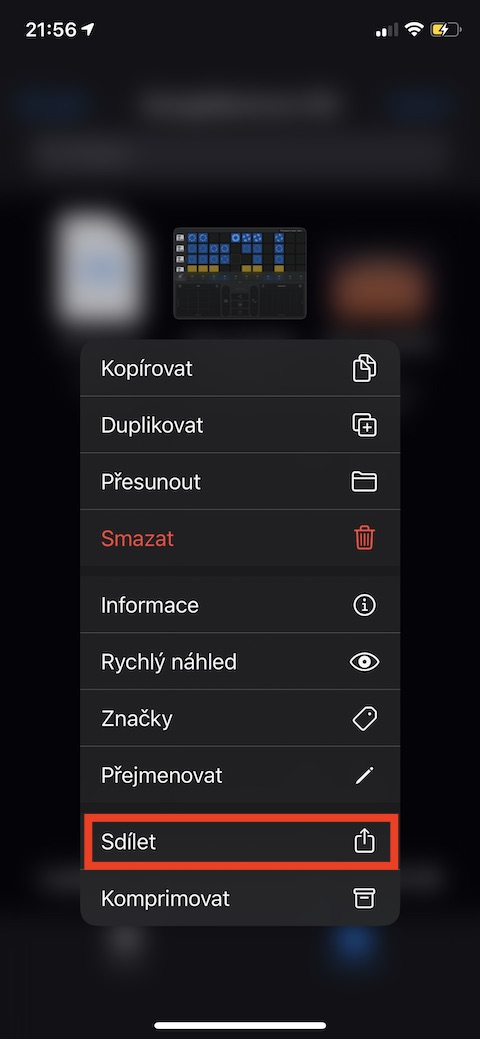
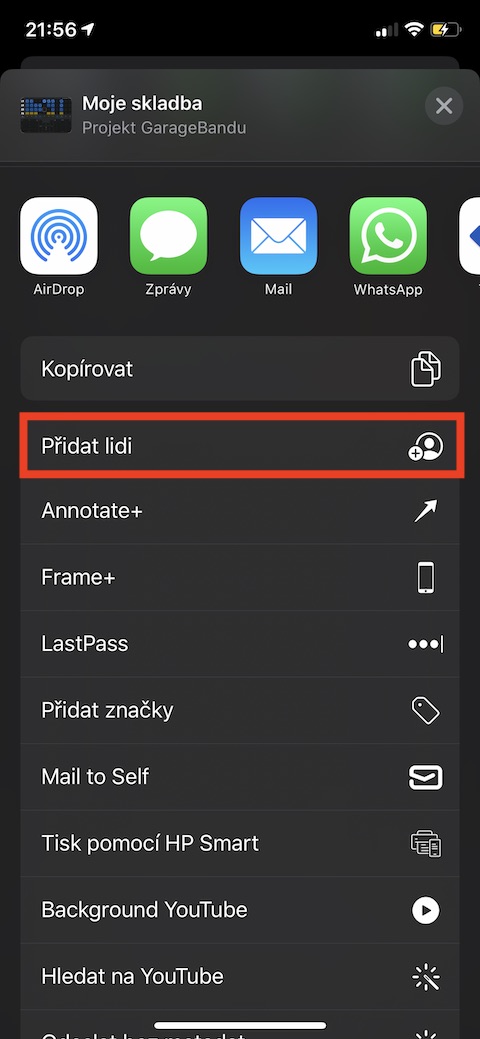
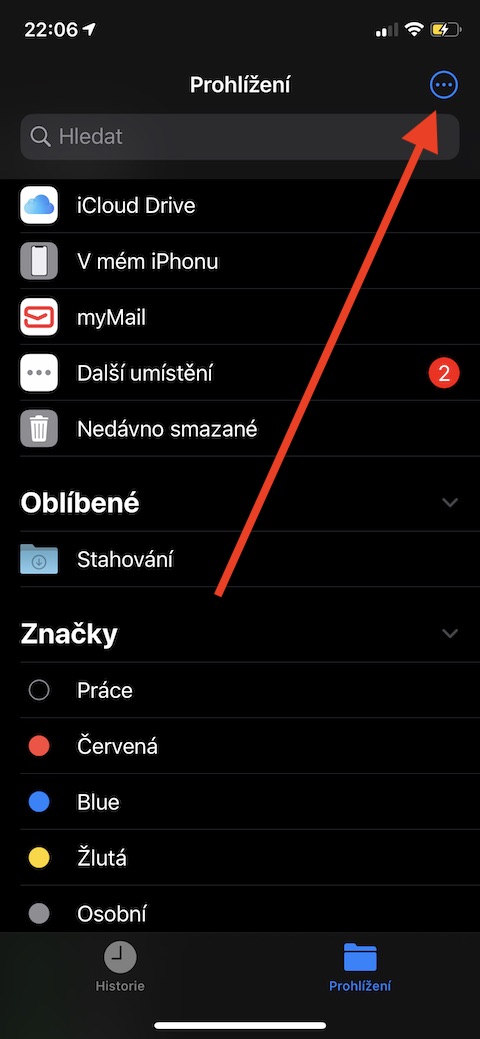
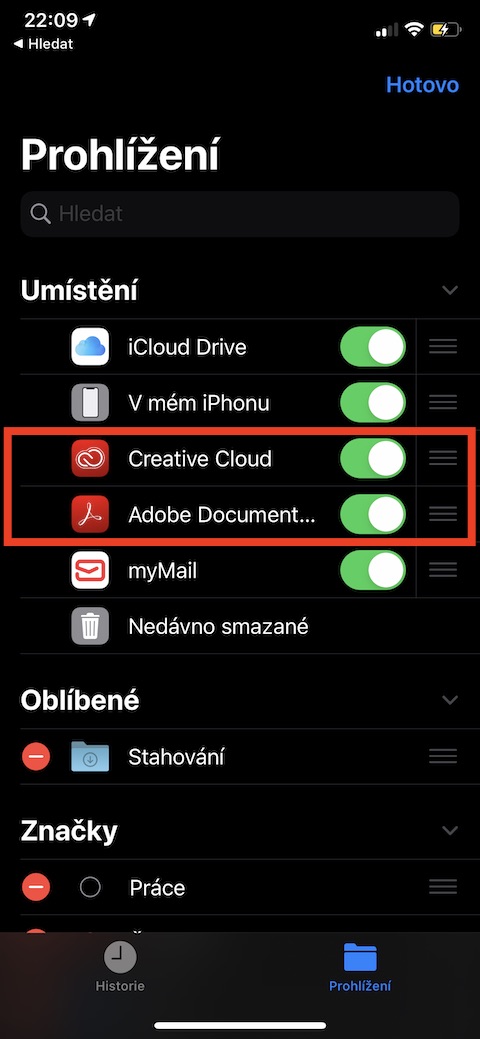
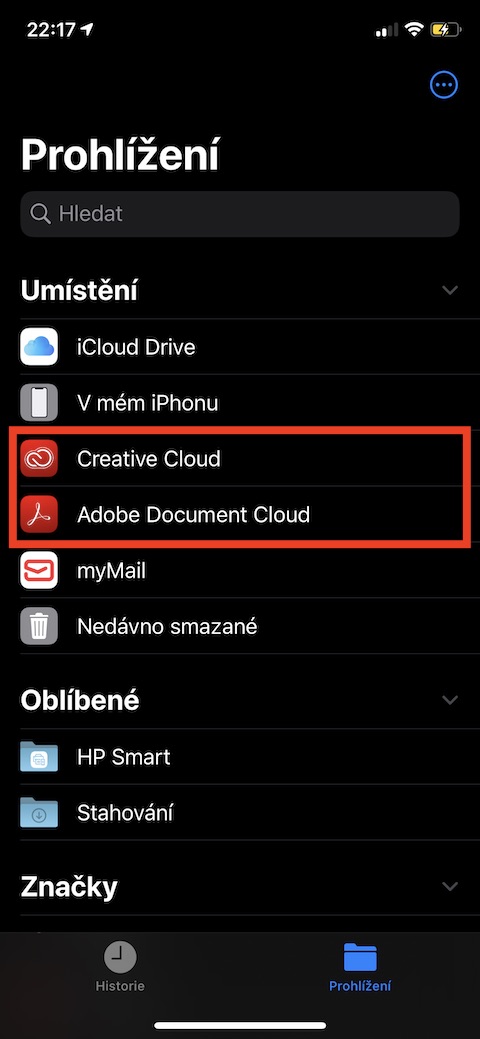
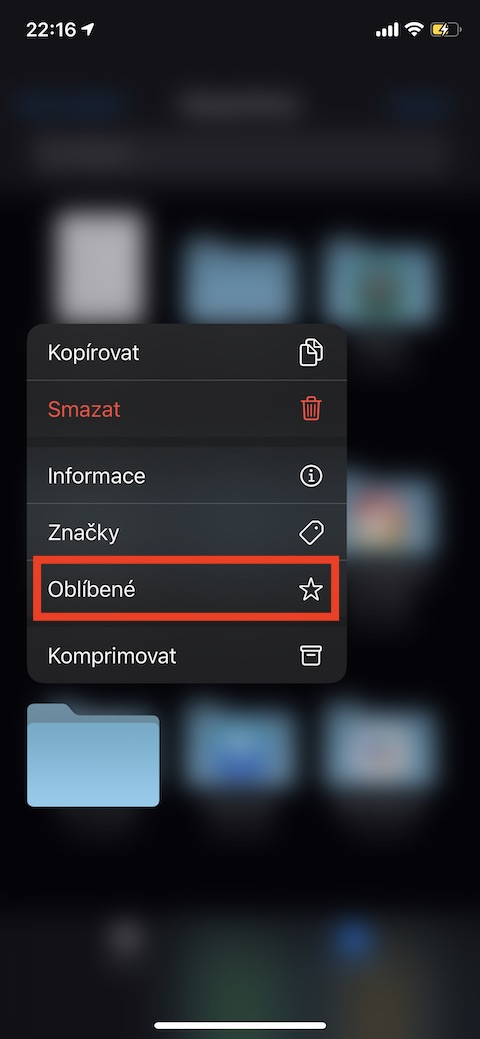
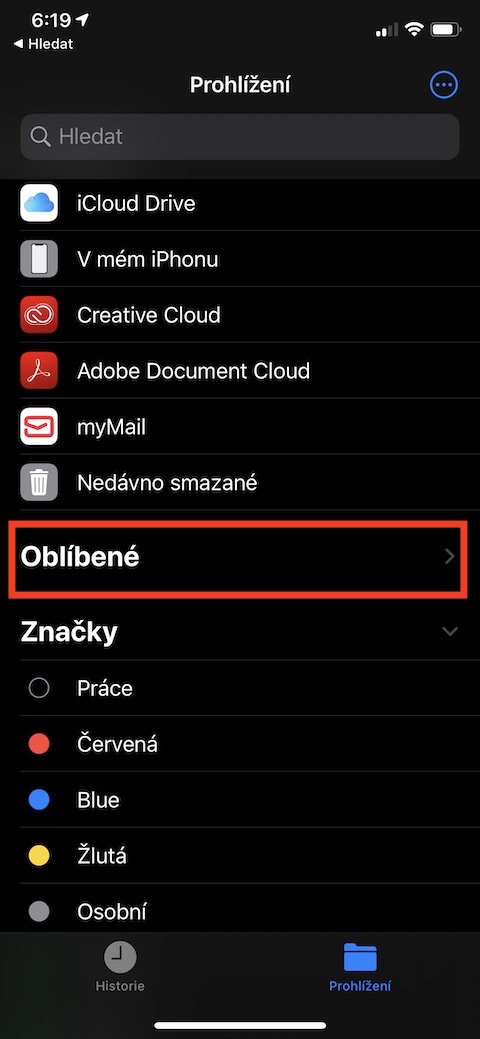
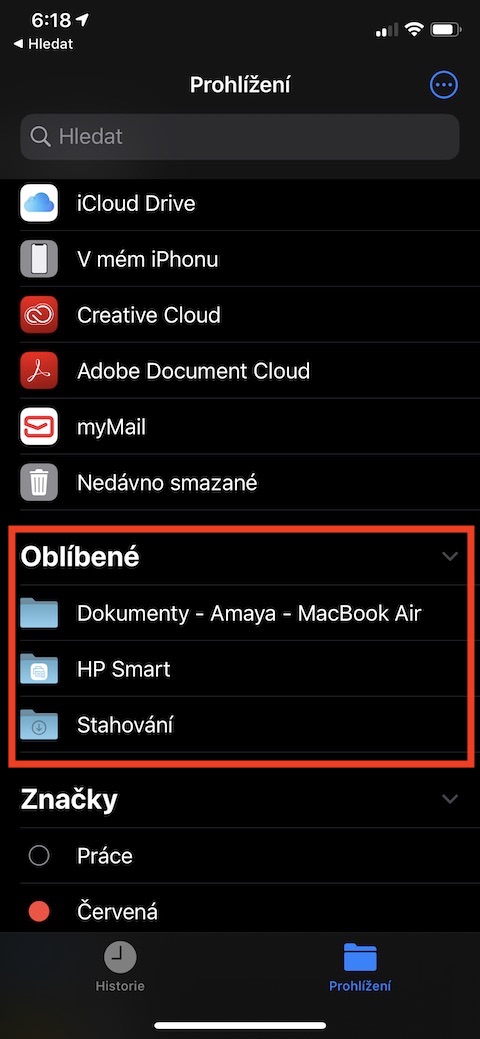

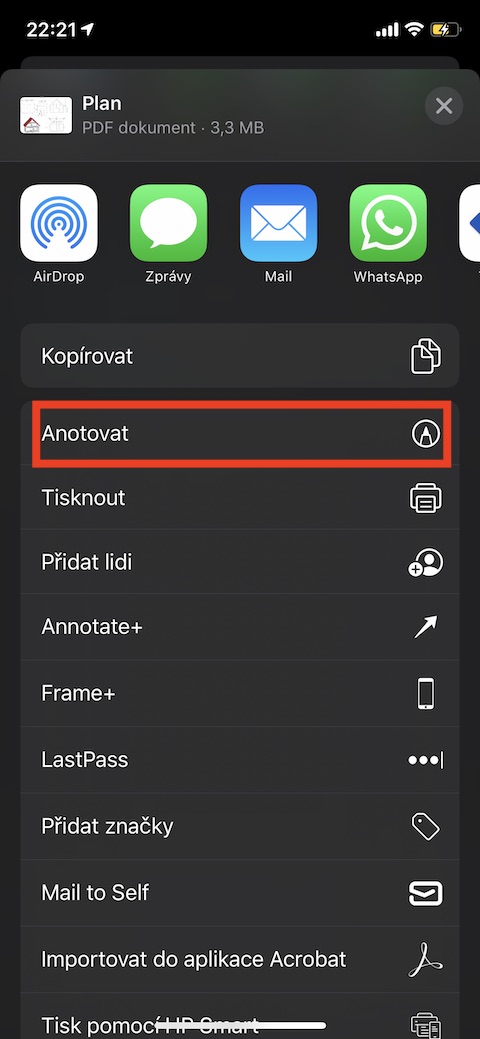
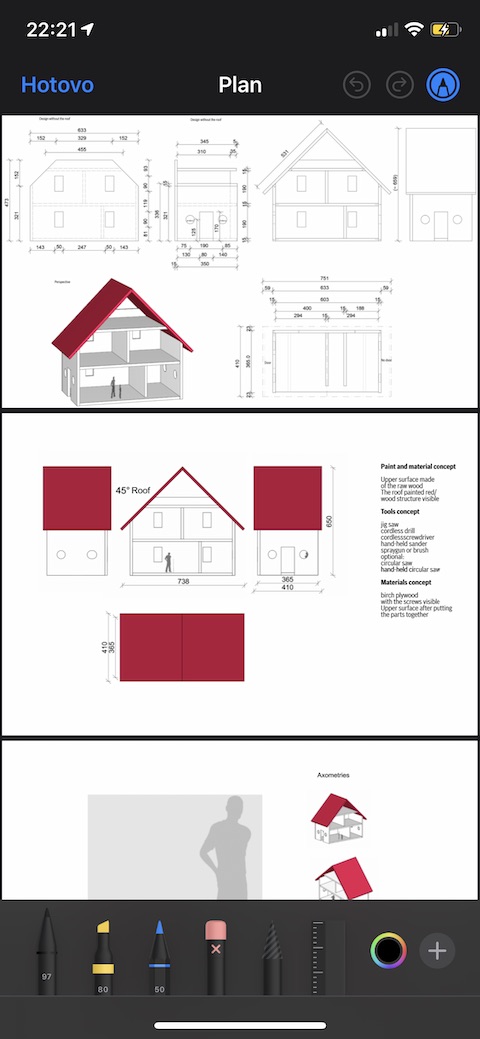
Has anyone figured out if Files on iOS 13+ will ever support Airport as external storage? Currently the official app does not support official Apple devices, 3rd party apps like FileExplorerGo do. I assume that there is a security risk from Apple's point of view, but why doesn't they solve it or is Airport as such already completely cut off, including support?
Airport is not a repository, so there is no reason to support it. In addition, Airport is no longer even offered by Apple, so there is no reason to continue to pay attention to it.